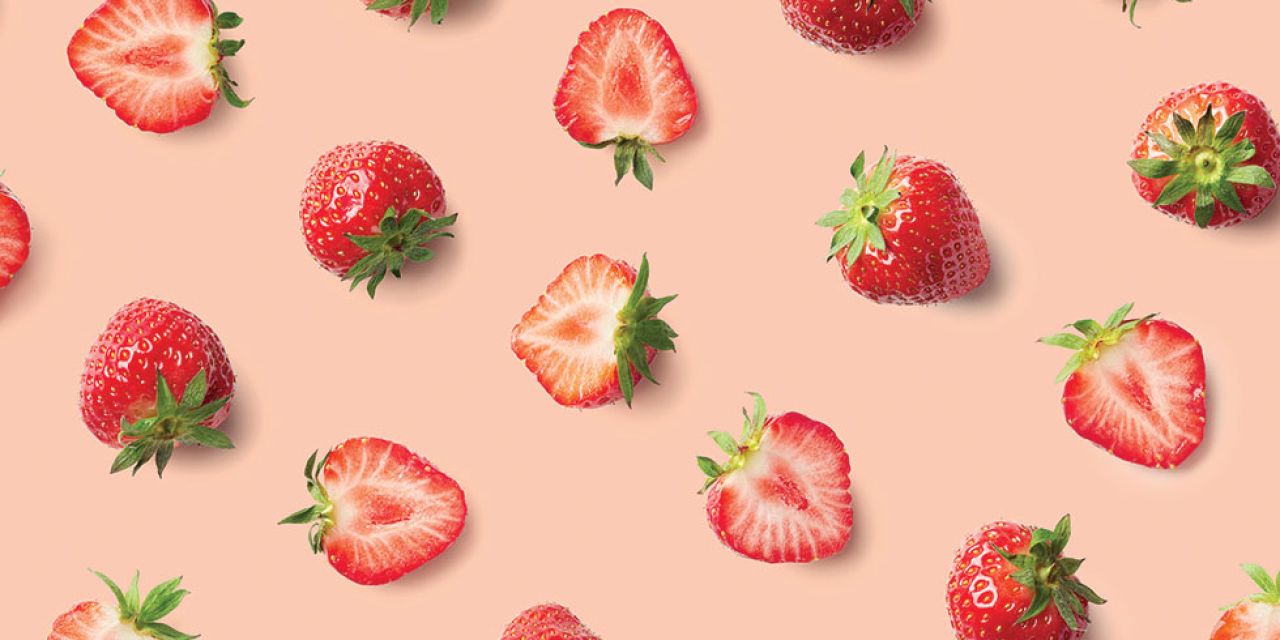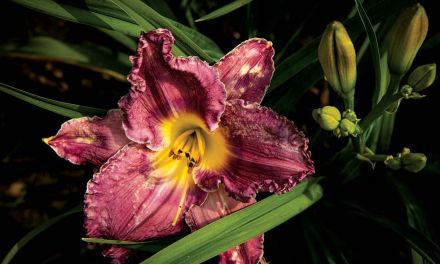Strawberry Fields Forever
by Marcia Masino
The wild child of the berry patch, strawberries have captivated hearts and palates for centuries with their rich history, sensual symbolism, and delectable taste, making them a timeless favourite in gardens, kitchens, and folklore alike.
When Jacques Cartier arrived on the shores of the St. Lawrence River in June 1534, he described “vast patches of wild strawberries along the great river and in the woods.” As the first European to explore inland Turtle Island (now known as North America), Cartier witnessed these expansive strawberry fields that seemed to stretch on forever.
Centuries later, eager Canadians forage for North American strawberries, known as Fragaria virginiana, which are sweeter than the European varieties familiar to Cartier. With containers in hand, we search fields and visit pick-your-own strawberry farms, blissfully unaware of the berry’s backstory as a lucky, magical fertility powerhouse. Symbolic of sensual pleasure, this fruit was the wild child of the berry patch. No wonder the uptight Victorians loathed them.
Let’s face it—something so desirable is bound to attract some bad press. The Victorians associated strawberries with sexual passion, seeing the innocent red fruit, as the colour of vulgarity in their world, as a symbol of impropriety and immorality. Despite this, strawberries continued to appear at teas and on desserts. One 19th-century guide to “The Diseases of Early Childhood” advised parents against allowing their children to eat strawberries, claiming it was “dangerous to their morals.”
Victorian women of high status forbade strawberries, believing they represented hidden passions and latent inappropriate desires. Additionally, how can you trust a fruit that isn’t what it appears to be? When you eat a strawberry, you are consuming the enlarged stamen of the plant; the small black seeds are the actual fruit.
Cartier wrote, “There were very fine trees and rich tracts of ground, on which were seen growing quantities of wild corn, peas in flower, currants, strawberries, roses, and sweet herbs.” Strawberries and roses, both members of the same family, share love and romance associations in myth and symbolism. The Victorians developed an entire secret language of romantic messages about the colour and wearing of roses, but strawberries were exiled due to their luscious lasciviousness.
A bouquet of red roses accompanied by chocolate-covered strawberries is a classic symbol of romance.
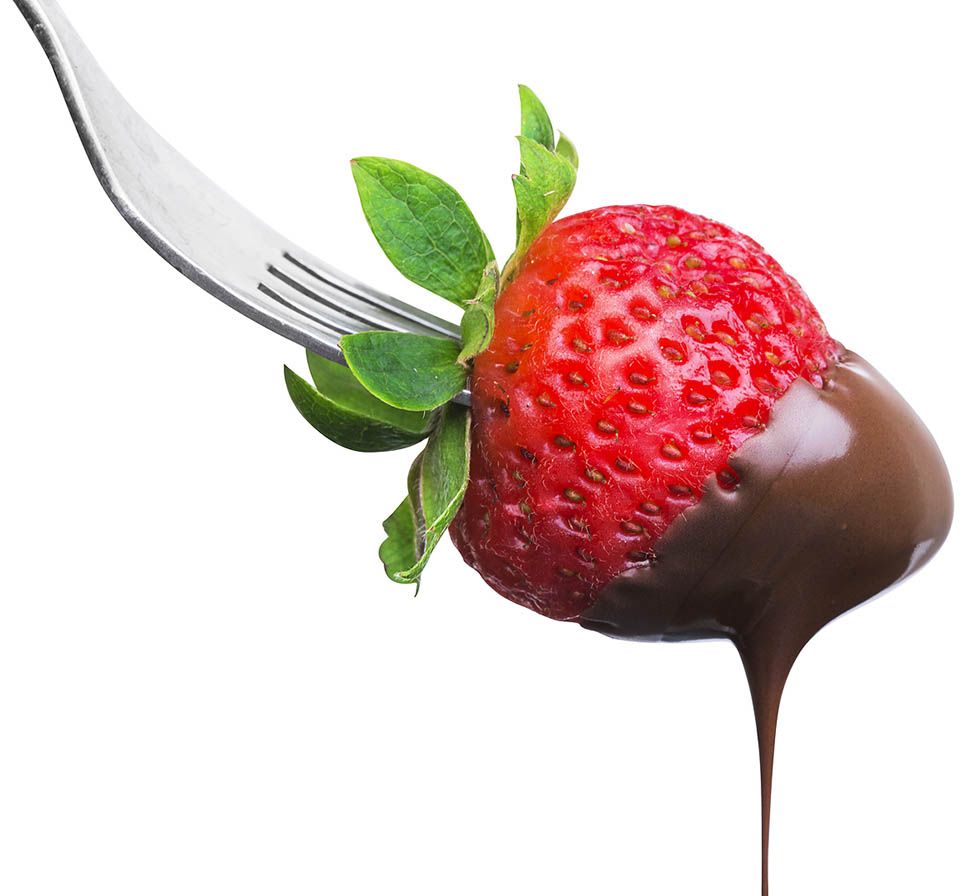
In modern times, the relationship between roses and strawberries is still easy to spot. A bouquet of red roses accompanied by chocolate-covered strawberries is a classic symbol of romance. As Eleanor Roosevelt once humorously remarked, “I once had a rose named after me, and I was very flattered. But I was not pleased to read the description in the catalogue: no good in a bed, but fine up against a wall.”
When Cartier arrived on June 9, 1534, the moon was a tiny sliver in the sky. He would have to wait until the 23rd of the month for the Full Strawberry Moon so revered by the First Peoples. For many Indigenous peoples, June’s full “Strawberry Moon” marked when strawberries had ripened and were ready to be gathered. Their sweet and sacred meaning appears in legends about the Great Creator using the fruit to unite the first man and woman. Sound familiar?
In ancient times, strawberries were worshipped as promoters of love, lust, and fruitfulness. They were made into cakes given to Roman women to enhance their fertility. Italy, France, Spain, and Scandinavia also revered them for their “magical” powers. Folklore suggests planting strawberries around your home to promote pregnancy and ensure a smooth childbirth.
Finding local wild strawberries can be a matter of a forager’s luck, or it can be as simple as knowing where (fields, clearings, roadsides, and meadows) they grow and what time of year they appear. Spotting them means keeping your eyes to the ground, searching for the tiny red gems. If they have tiny white flowers, they are edible; if the flowers are yellow, they are not suitable taste-wise. You may catch their scent before you spy them. Your hands will get stained and sticky, and you’ll have a taste experience that will forever alter your expectations for all strawberries in the future.
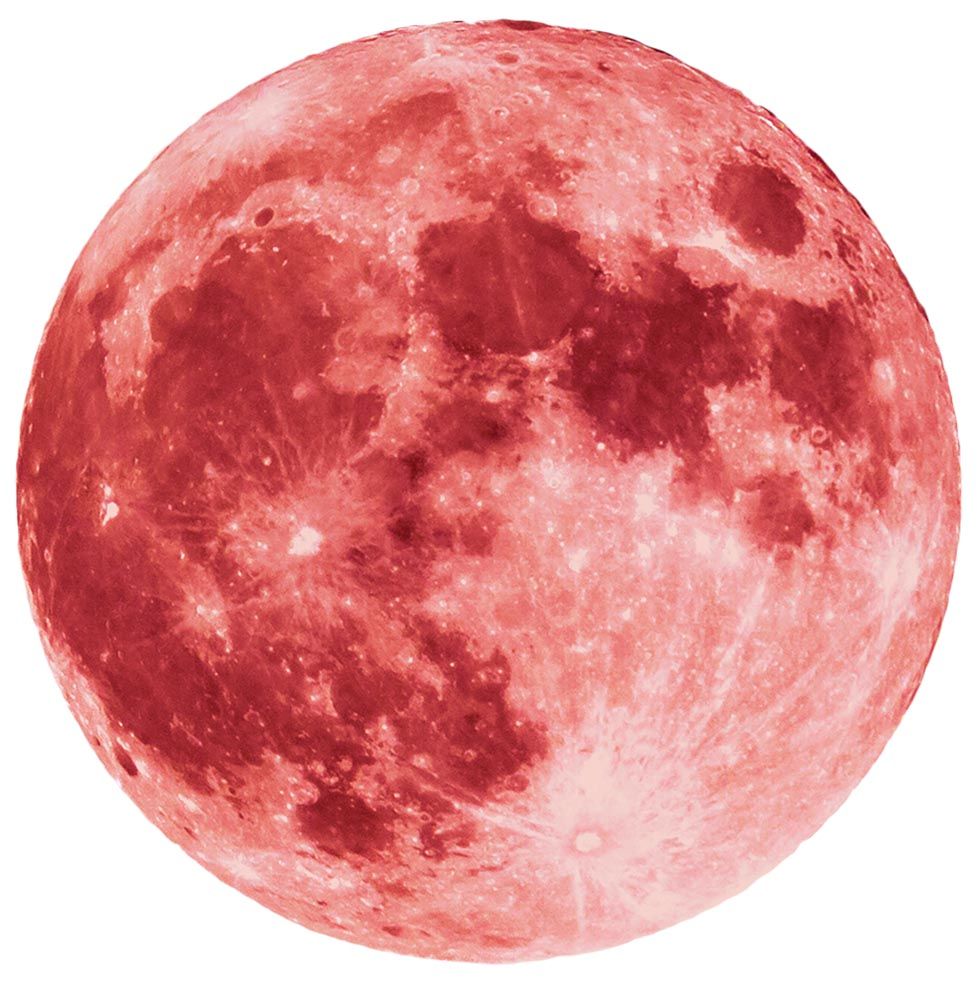
Visiting a local pick-your-own farm offers several advantages. You can inquire about their use of chemicals and growing practices, and you may find organic strawberry farms as an option. Additionally, some farms offer pre-picked containers for purchase.
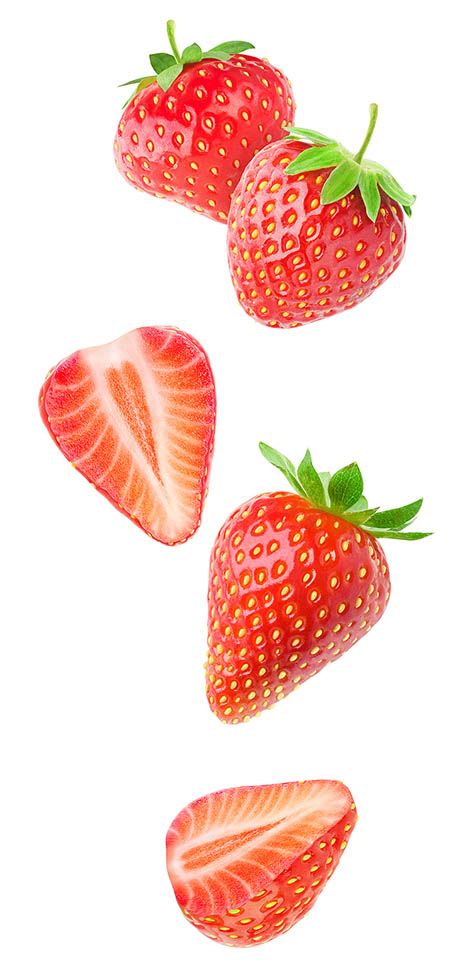
For an optimal experience, following farm etiquette and tips is essential. Timing is everything when it comes to successful strawberry picking. To avoid swarms of pickers, it’s wise to inquire ahead of time about the best times to arrive. Additionally, you should ask about costs, availability, and the best containers to use, unless you prefer to purchase some from the farm.
The time of day you plan to pick also matters, as does when you plan to consume the strawberries. If you plan to eat them immediately (aside from a few instant tastes), you can pick at any time of day. Sunny, hot days accelerate ripening, potentially leading to a mushy texture. However, if you are planning a strawberry-eating marathon for a few days later, pick in the cooler morning hours or on temperate, cloudy, overcast days.
A trip to the strawberry farm can be enjoyed by the entire family. It’s a wholesome Hallmark-style romantic afternoon date as well as a great naturalist excursion for you and your friends. Warning: gorging on strawberries as you pick them isn’t cool—you aren’t paying for what’s in your tummy. It’s a picker’s hazard, so leave more than you sample unless you want to continue picking for the rest of the day. E

